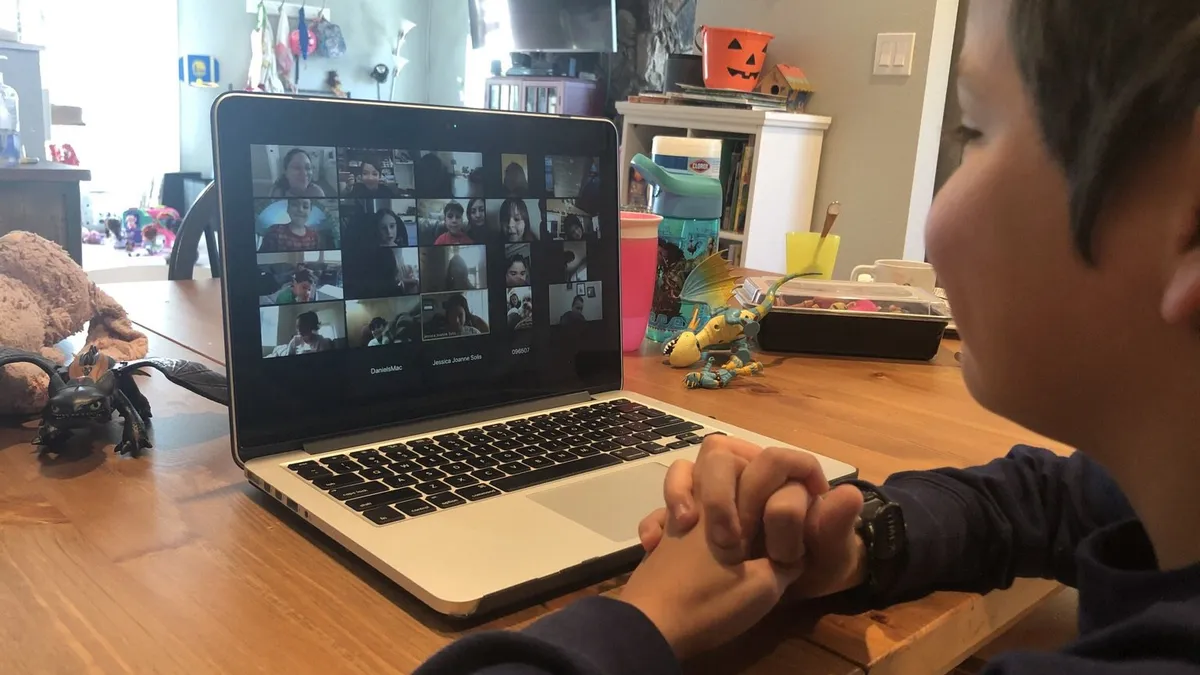Dive Brief:
- Nevada has conquered the digital divide by connecting all students in rural and urban communities to both internet access and devices, District Administration reports. Full connection was achieved by the state’s COVID-19 Task Force, Connecting Kids and public-private partnerships.
- Prior to the effort, launched in response to the pandemic, the state was unable to confirm 25% of its 500,000 students had a device or internet access. The initiative included an online tracker that displayed the program's progress and was shared with state leaders.
- The effort also includes a $200,000 Family Support Center that fielded calls from families without connections, with 45,000 calls placed from 18,000 homes since the center opened. Through a partnership with Cox Communications, low-income families can secure free, reliable high-speed internet through June 2021.
Dive Insight:
Three-quarters of Nevada's students live in and around the urban center of Las Vegas in Clark County, which makes closing the connectivity gap easier to some extent. Stille, the effort required field agents to pound the pavement and go door-to-door looking for no-show distance learning students.
Nationwide, many students still remain disconnected. As of October, for example, between 300,000 and 1 million California students were included in the homework gap. And across the country, 36% of rural students lack internet connectivity.
Due to the sudden shift to remote learning as a result of the COVID-19 pandemic, the problem is gaining more attention from stakeholders. The nonprofit EducationSuperHighway has taken advantage of that interest and turned its attention to the digital divide by organizing DigitalBridge K12. The issue has also made its way onto legislators’ radars, as some now indicate they are willing to invest billions of dollars to improve internet connectivity infrastructure.
Digital equity helps advance academic equity, according to research by Michigan State University. Researchers made a correlation that shows students who lack connectivity and devices have GPAs half a letter grade lower than their connected peers. Lack of internet access is also negatively associated with other academic measures, such as lower digital skills and lower SAT test scores.











